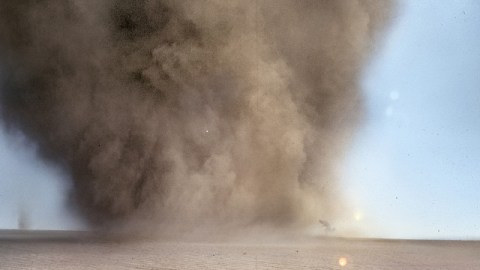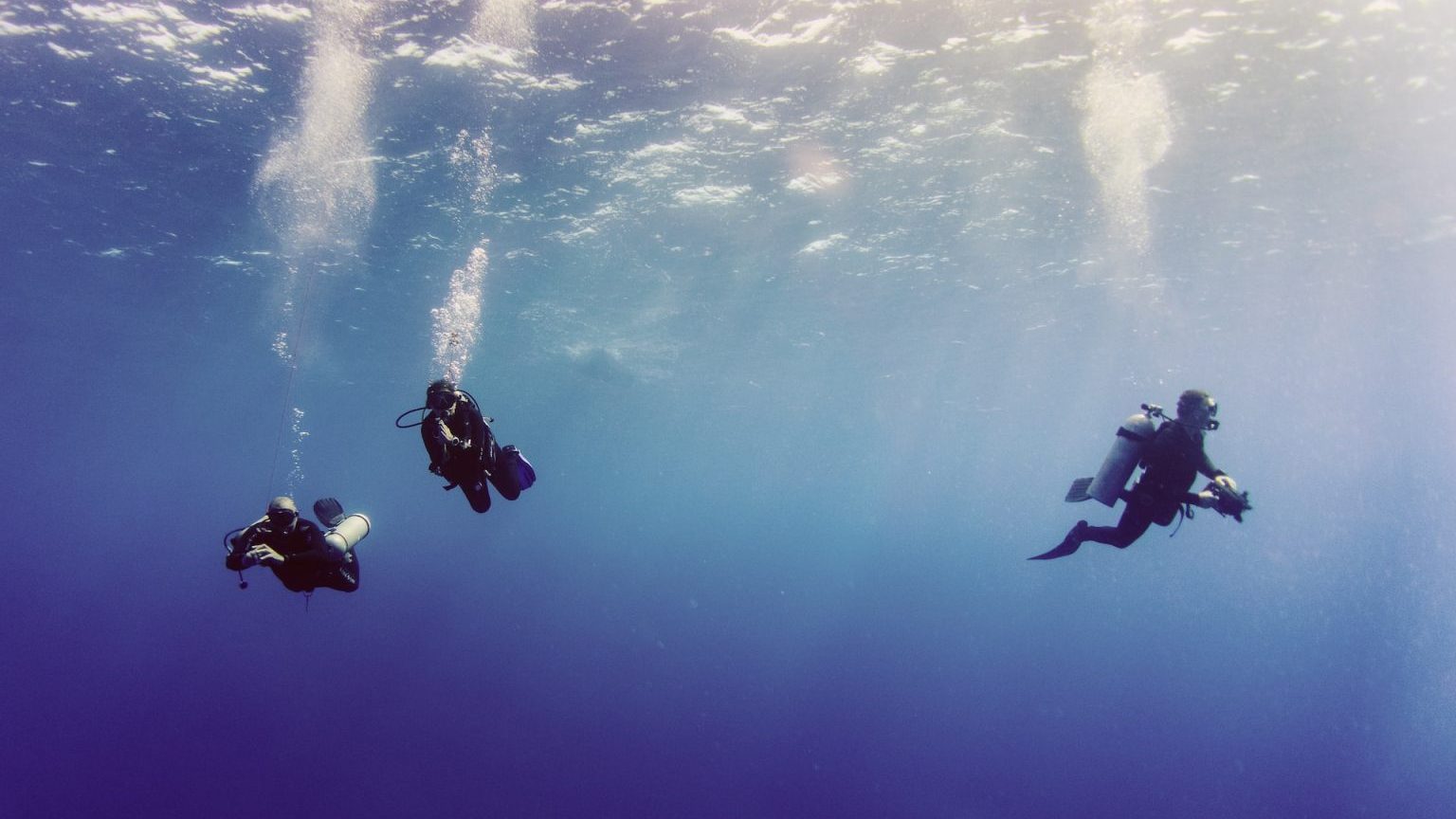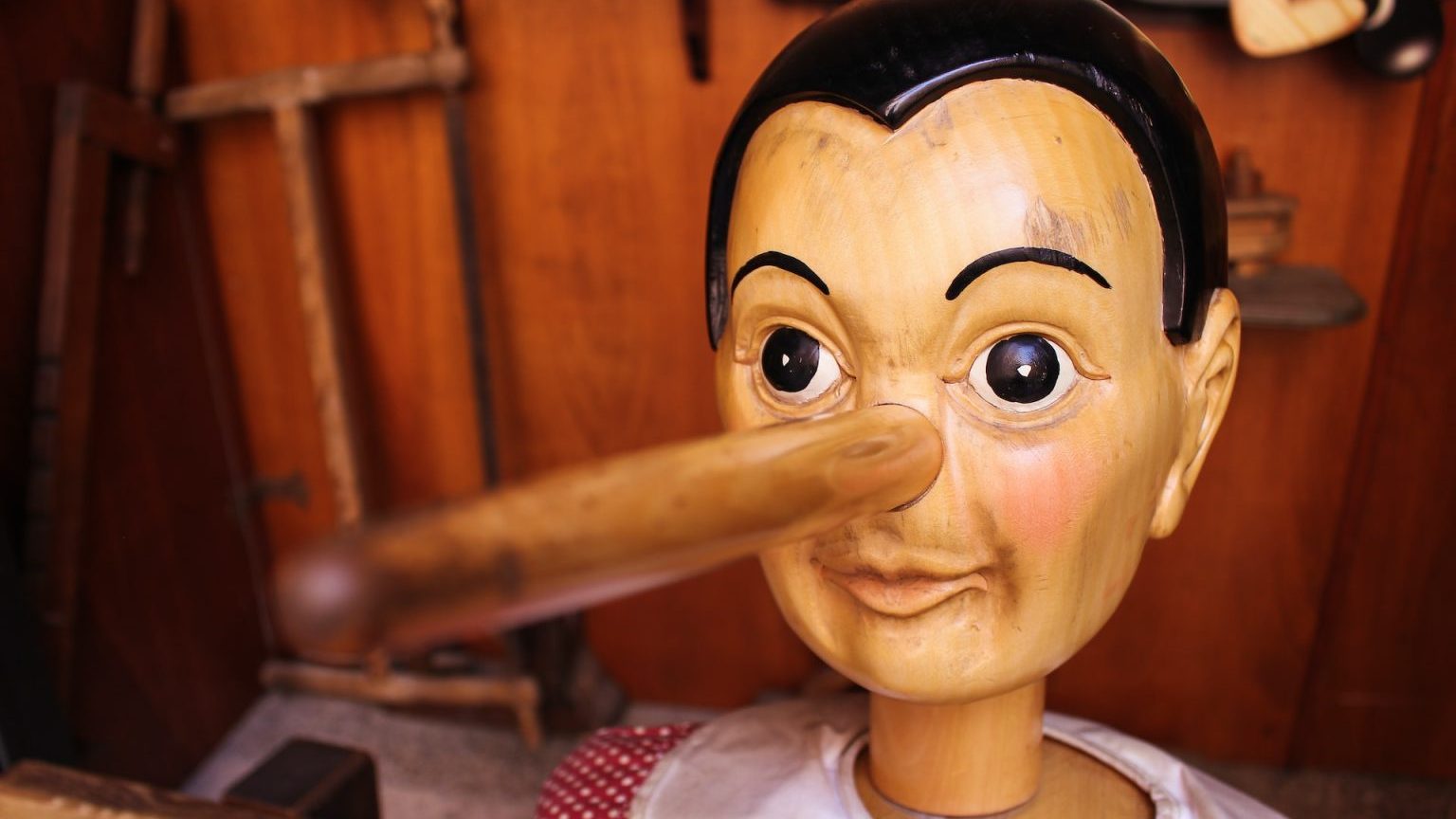Francis Alys: Gentle Tornado of Art

Like Godzilla, Charlie Sheen’s “My Violent Torpedo of Truth” tour continues to roam the countryside, fortunately leaving ontological, rather than physical, destruction in its path. In New York City, however, at the MoMA through August 1, 2011, a different kind of truth delivery is taking place. Belgian performance artist Francis Alÿs stars in the retrospective Francis Alÿs: A Story of Deception, which is more of a “gentle tornado of art” with a side order of truth, or a reasonable facsimile thereof. With a selection of his “greatest hits” in video form and some accompanying graphic works, Francis Alÿs: A Story of Deception tells the story of how a Belgian architect came to understand the world via Mexico City, a whirlwind of corruption, beauty, and absurdity—like pretty much everywhere else.
Alÿs the architect arrived in Mexico City in 1986, just one year after a terrible earthquake, with the goal of helping reconstruct the city. Instead, Alÿs the artist began building scenarios to perform to help reconstruct the truth of the place before a video camera. In Alÿs performed Re-enactments, in which he wandered around downtown Mexico City for 11 minutes with a 9-mm Beretta dangling from his hand before police stopped him. Amazingly, the authorities allowed him to reenact the performance the next day, which Alÿs also filmed. The MoMA places both videos side by side, surrounded by drawings, maps, newspaper items, and photographs related to the adventure. This chapter in the story of Alÿs’s “deception” asks you to decide which version is “real” and which is “false,” all while thinking about the nature of danger in drug-plagued Mexico City.
As Peter Schjeldahl’s recent review of Alÿs’s show in The New Yorker proves, not everyone is on board with Alÿs’s style. While some praise Alÿs’s politically charged art, others, including Schjeldahl, feel that, “[i]n truth, Alÿs barely grazes the subjects, while being quite ready to accept credit for affirming humane values amid geopolitical vexations.” For Schjeldahl , Alÿs will always be a “character” who makes “excellent company” when “in the grip of gratuitous whims,” but, alas, “[j]ust a tad more humility, eschewing grabs for bonuses of gravitas, could perfect him.” Alÿs suffers from “performance art syndrome”: art based on personal performance easily comes off as egotistical. “Look at me,” everyone from Joseph Beuys to Chris Burden to Marina Abramovic seems to shout, often compelling critics to turn away. But when did ego become a deal-breaker for the public to embrace an artist? (See Picasso, Pablo.)
Also, if lightness of approach were a crime, Jeff Koons and Damien Hirst would have been locked up long ago. Alÿs deceives with lightness in taking on serious issues with comic techniques. In Rehearsal I sends a red Volkswagen Beetle fruitlessly up a hill on the border of the U.S. and Mexico. (In reality, the diver listened to a recording of a brass band playing and losing track of the score and mimicked that action, which becomes the soundtrack of the video.) At first glance, Rehearsal I looks like Herbie the Love Bug meets Sisyphus. Schjeldahl ranks this among “[t]he iffiest of Alÿs’s gestures [that] invoke a personal identification with the strain of tragicomic fatalism in Mexican culture,” and discounts Alÿs’s quoting of Samuel Beckett as empty posturing. I’m not sure it’s possible to emptily posture Beckett, who was all about the emptiness of posturing.
I see Alÿs as the modern-day Buster Keaton, the closest America’s ever gotten to Beckett-esque. For the past ten years, Alÿs stalked tornadoes in the dusty highlands south of Mexico City. Tornado (still shown above) depicts Alÿs waiting, chasing, and then trying to run into the heart of the storm, which bear little resemblance to the monsters that tore across America this year. The film captures not only the power of nature, but also the power of persistence—a windblown variation on Sisyphus. Keaton would have done nothing less. Alÿs plays it for laughs, but we’re laughing along with (essentially at ourselves) and not at him.
The first work I ever saw in person by Alÿs was at the Philadelphia Museum of Art’s Cezanne and Beyond exhibition. Alÿs took a small painting by Cezanne and wrapped it in bubble wrap. Both protective and transformative, Alÿs’s gesture honored the past while laughing his way to the future. Francis Alÿs: A Story of Deception wraps the world up in bubbles to protect us and entertain while still allowing us to see through to the truth. If it’s a deception, it’s a permissible white lie. To discount what Francis Alÿs offers is to deceive only ourselves.
[Francis Alÿs (Belgian, born 1959). Tornado. 2000-2010. Video (color, sound), 39 min. The Museum of Modern Art, New York. Gift of Volkswagen of America. © 2011 Francis Alÿs.]
[Many thanks to the Museum of Modern Art in New York City for providing the image above from and other press materials for Francis Alÿs: A Story of Deception, which runs through August 1, 2011.]




